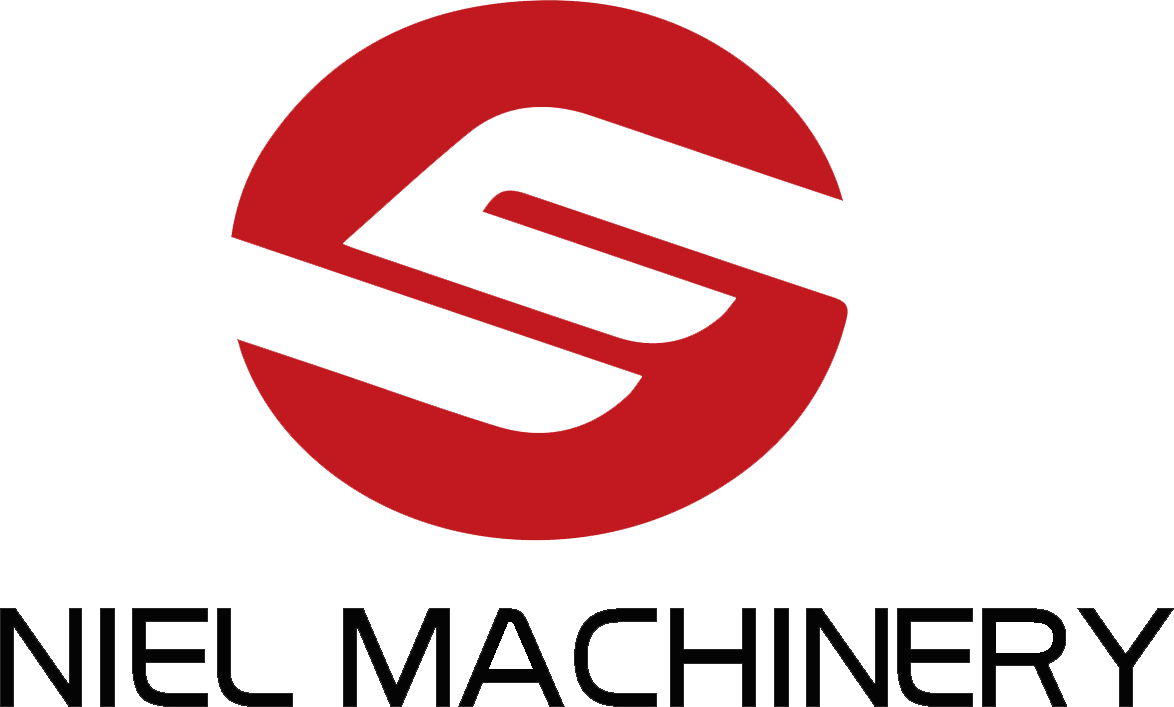What checks need to be performed before using a mixer?
Release time:
2025-04-14 12:46
Source:
A thorough inspection before using the mixer is crucial for ensuring safe operation and production efficiency. The following are the inspection steps required before use:
1. External Inspection
Equipment Integrity: Check the mixer housing, impeller, inlet, and outlet for any damage or cracks.
Cleanliness: Ensure the equipment is clean inside and out, free of residual materials or dirt.
2. Electrical System Inspection
Power Connection: Check that the power cord is intact and that the plug and socket are making good contact.
Control System: Check that the control panel, buttons, and switches are working properly and that the display is clear.
Grounding Protection: Ensure the equipment is properly grounded to prevent electrical leakage.
3. Mechanical Component Inspection
Impeller: Check that the impeller is securely installed and that there is no deformation or wear.
Bearings and Seals: Check that the bearings and seals are intact and that lubrication is adequate.
Transmission System: Check for wear on belts, chains, or gears and ensure proper tension.
4. Lubrication System Inspection
Lubricating Oil: Check that the lubricating oil is sufficient and whether it needs to be replaced or replenished.
Lubrication Points: Ensure that all lubrication points have been properly lubricated.
5. Safety Device Inspection
Emergency Stop Button: Test that the emergency stop button is sensitive and reliable.
Protective Cover: Check that the protective cover is securely installed and free from looseness or damage.
Safety Interlock: Ensure that the safety interlock device is functioning properly to prevent the equipment from starting under dangerous conditions.
6. Operational Inspection
No-Load Operation: Start the mixer without any material to check for smooth operation and the absence of any abnormal noise or vibration.
Load Operation: Run the equipment after adding a small amount of material to check the mixing effect and equipment response.
Related News
Boosting Efficiency: Semi Automatic Powder Filling Machine in Action
Boosting Efficiency: Semi Automatic Powder Filling Machine in Action Table of Contents 1. Introduction to Semi Automatic Powder Filling Machines 2. What is a Semi Automatic Powder Filling Machine? 3. How Does a Semi Automatic Powder Filling Machine Work? 4. Benefits of Semi Automatic Powder Filling Machines 5. Applications of Semi Automatic Powder Filling Machines 6. Maint
Understanding Semi-Automatic Powder Filling Machines: A Comprehensive Overview
Semi-automatic powder filling machines are pivotal in the packaging sector, particularly for businesses handling powdered products such as spices, flour, chemicals, and pharmaceuticals. These machines bridge the gap between manual filling methods and fully automatic systems, offering businesses an optimal solution for efficiency and precision. One of the primary advantages of semi-automatic powder
The Evolution of Mixing Machinery: Horizontal Paddle Mixers at the Forefront
The Evolution of Mixing Machinery: Horizontal Paddle Mixers at the Forefront Table of Contents 1. Introduction to Mixing Machinery 2. A Brief History of Mixing Machinery 3. Technological Advancements in Mixing Machinery 4. Understanding Horizontal Paddle Mixers 5. Applications of Horizontal Paddle Mixers 6. Advantages of Horizontal Paddle Mixers 7. The Future of Mixing Machinery 8
The Essential Guide to Horizontal Paddle Mixers: Applications and Benefits
Horizontal paddle mixers are vital components in various manufacturing and processing operations, particularly within the realm of mixing machinery. Understanding the workings and benefits of these mixers can significantly enhance operational efficiency and product quality. A horizontal paddle mixer typically features a cylindrical mixing chamber equipped with paddles that rotate on a horizontal a
Exploring the Dynamic Capabilities of Industrial Ribbon Mixers Table of Contents Introduction to Industrial Ribbon Mixers Understanding the Mechanics of Ribbon Mixers Advantages of Using Ribbon Mixers in Manufacturing Applications of Ribbon Mixers Across Industries Maintaining Your Ribbon Mixer for Longevity Future Trends in Ribbon Mixer Technology Case Studies: Ribbon Mixers in Act
Understanding Industrial Ribbon Mixers: Essential Tools for Effective Material Blending
Industrial ribbon mixers are vital pieces of equipment used in various manufacturing processes, particularly in the blending of powdered and granular materials. These mixers are characterized by their unique design, featuring a set of helical ribbons that move materials through the mixing chamber, ensuring a thorough and uniform blend. With increasing demands for consistency and quality in product




















